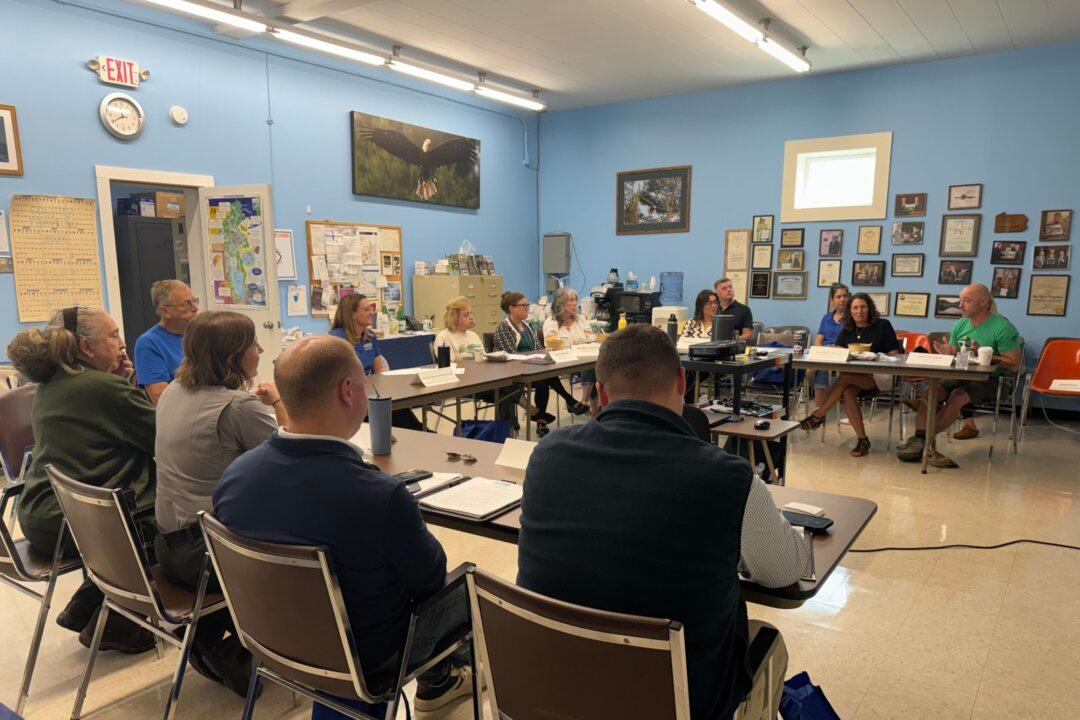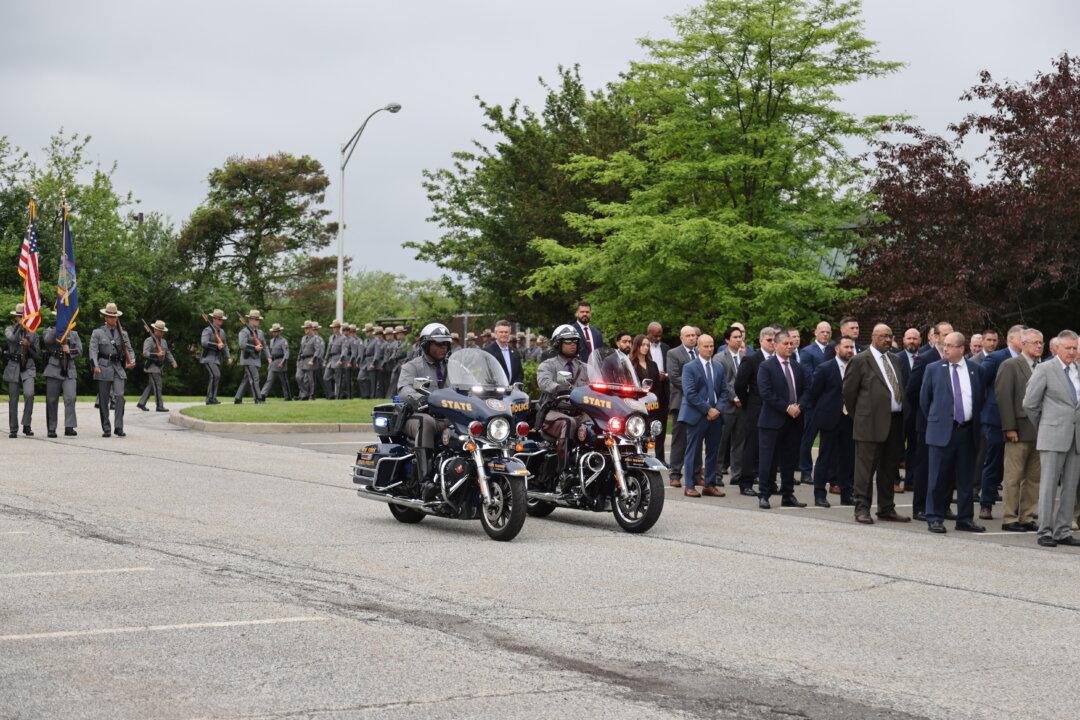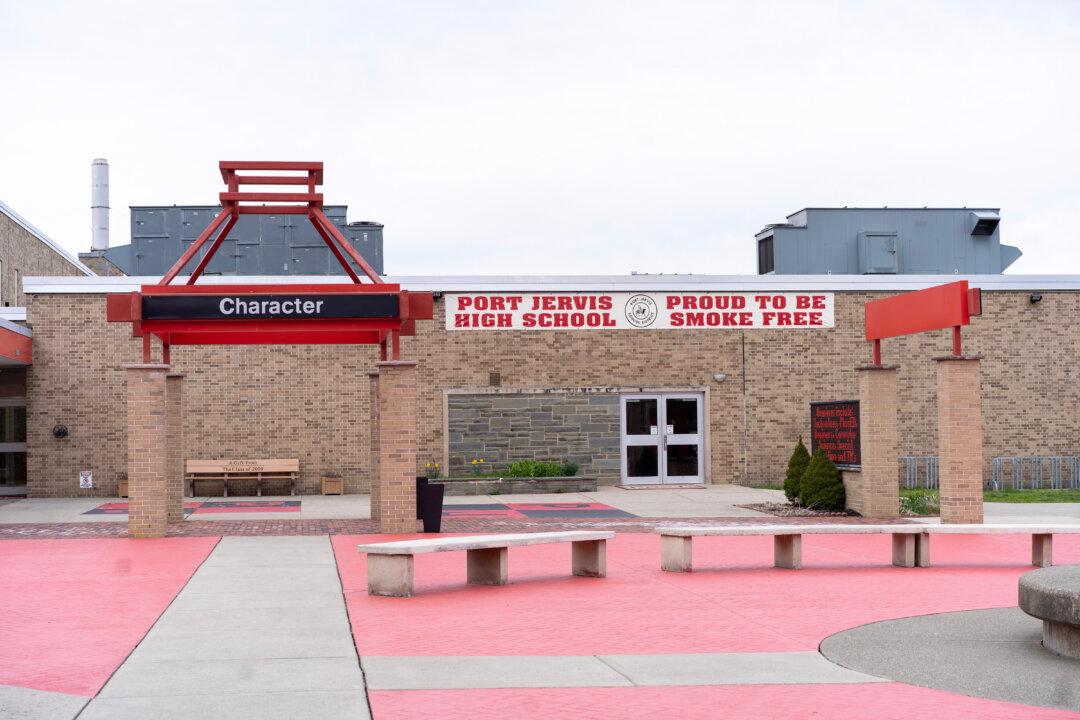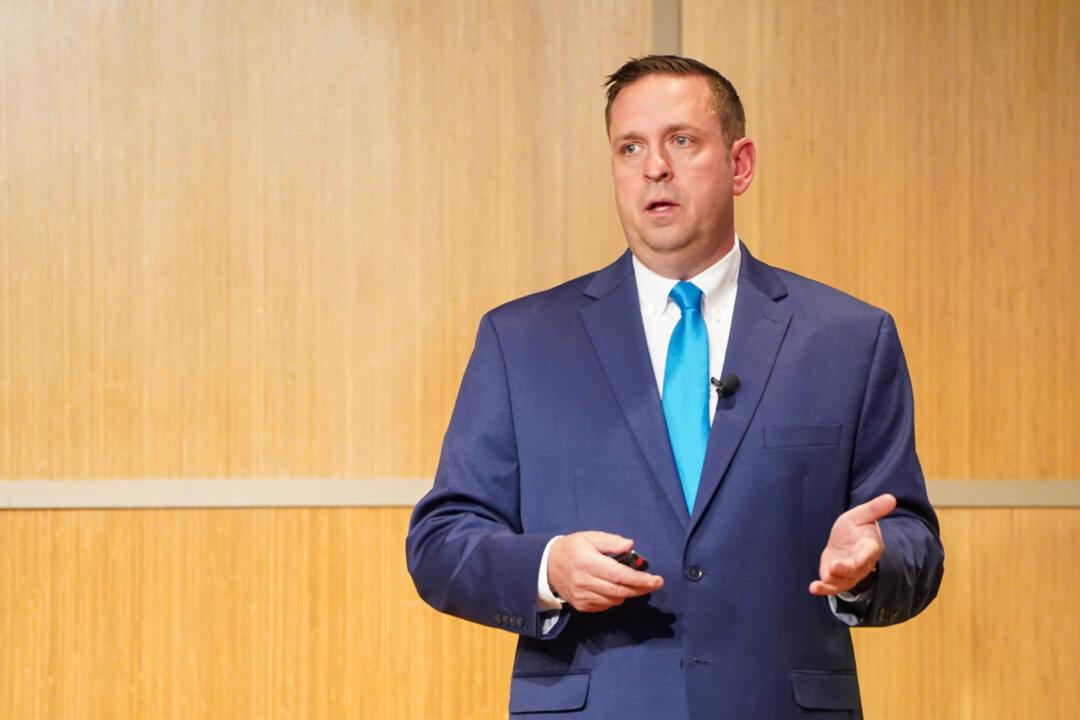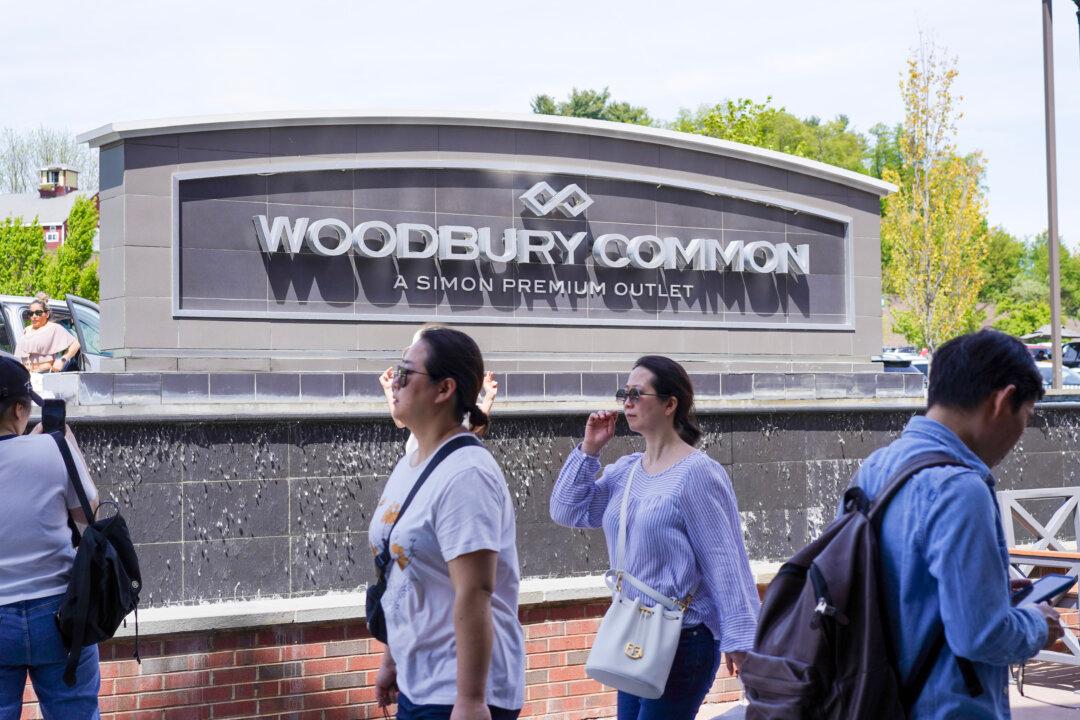Representatives of key stakeholders in the Upper Delaware River corridor discussed ways to responsibly manage tourism growth during a roundtable meeting in Narrowsburg, New York, on Sept. 14.
Sherri Thomas, deputy director of Friends of Upper Delaware River, noted the growing number of tourists in the past few years and increased pressure on limited public access points.
